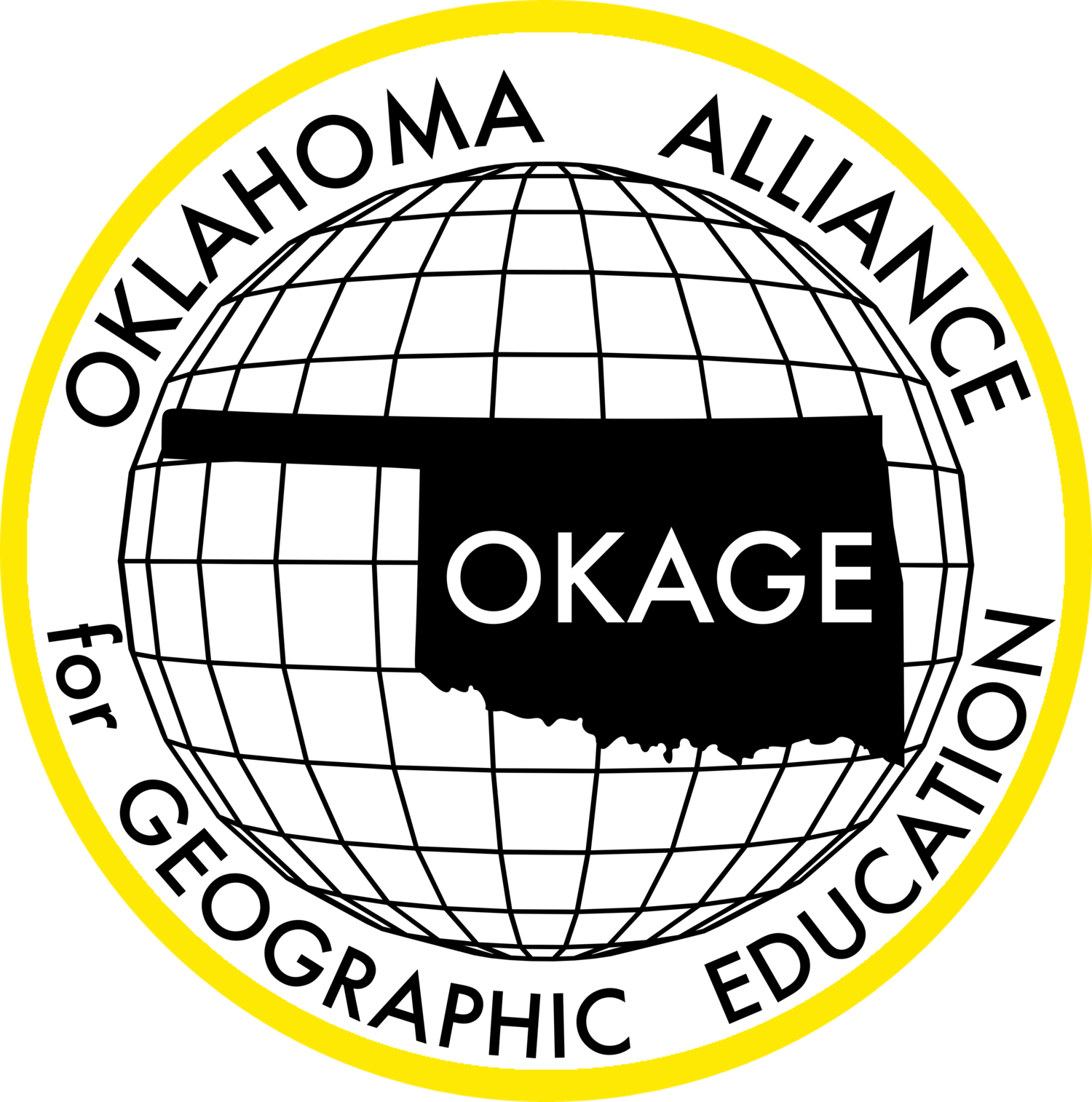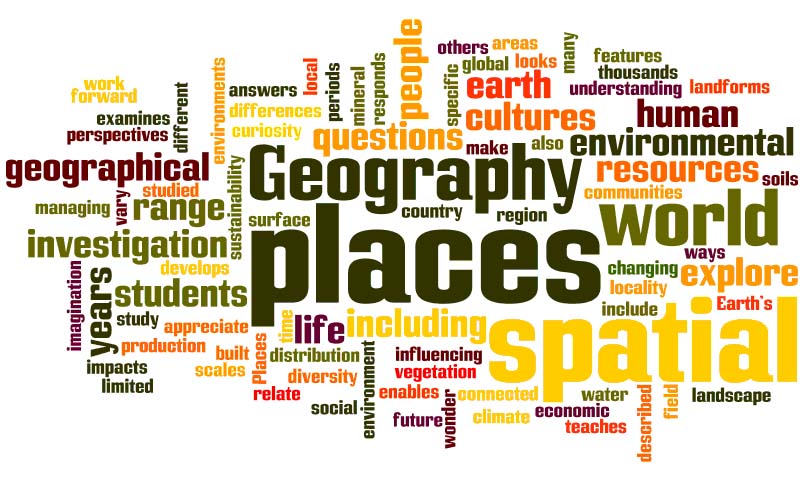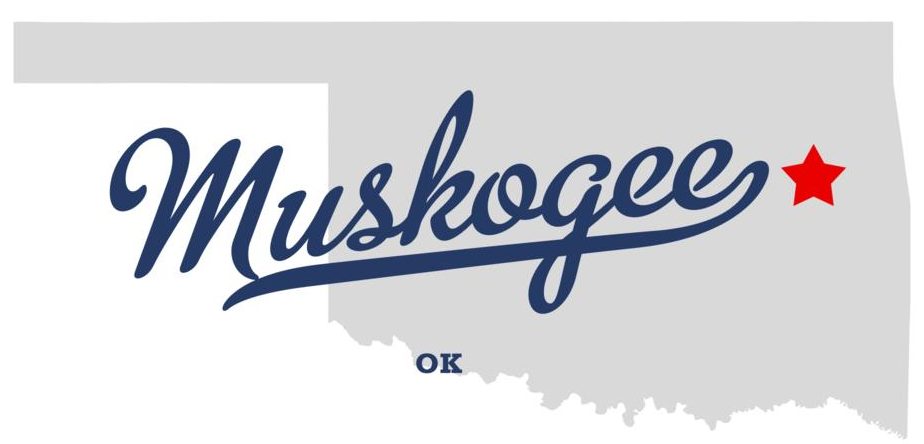A Cultural Look at India
War-Torn Warsaw Rebuilt
Description: Students will learn that, although 85% of Warsaw, Poland, was destroyed during World War II, the Polish people have rebuilt their city and have one of the fastest growing economies in Europe.
Grade level(s): Middle Standards: PASS, GFL Produced By: Glenda Sullivan
Quebec: What a Place!
Description: Students will learn the geographic characteristics of place and develop a mental map of where this place is located while learning the characteristics of Quebec, Canada.
Grade level(s): Middle Standards: PASS, GFL, CC Produced By: Glenda Sullivan
Mission Impossible? The Influence of Spanish Missions
Description: Students will examine the reasons for the creation of missions by the Spanish during the early exploration of the Americas as well as analyze the effects, good and bad, of the Spanish culture upon the Native Americans.
Grade level(s): Middle Standards: PASS, GFL Produced By: Denise Aquilar
Life in a Spanish Mission: A Comparative View of Different Cultures
Description: Students will discover the daily trials of life for all people who lived in the Spanish missions in California in the 1800s by analyzing the diary entries and accounts from a family living in Monterey, California, in 1838. The students will compare and contrast the range of feelings among the different groups by analyzing the diary entries as well as determine the cultural influences, good and bad, that the Spanish had on the Native Americans of the time.
Grade level(s): Middle Standards: PASS, GFL Produced By: Denise Aquilar
7th Grade World Geography CRT Review
Geo-Dancing Around the World
Description: We live in different geographic locations with special celebrations, cultural influences and traditions in history. This lesson will help students understand the relationships of these features by using the different types of dances that are performed all around the world. How do people dance in different parts of the world? Why are dance traditions different? What kind of dancing do you do? What characteristics of specific countries determine the type of dances for that region?
Grade level(s): Middle Standards: PASS, GFL Produced By: Dianne Hill
Preserving the Past, Emerging into the Future
Description: A brief lesson plan model to integrate local geography and history as outlined in the Oklahoma Priority Academic Student Skills (PASS) and the National Geography Standards.
Any town or city has a wealth of geography and history resources to explore past, present and future preservation. These activities will spark an interest in and perpetuate the memories of a community by discovering its rich heritage. This lesson will establish the “whys” of location patterns (Why is this town here?). Many geographic questions can be answered. Students will form generalizations and draw conclusions from data collected and compiled.
Grade level(s): Middle Standards: PASS, GFL Produced By: Diane Hill
Environmental Conflict and Cooperation
Description: Students will view photographs to determine human and physical modifications and discover the conflict and cooperation of groups involved in making these modifications.
Grade level(s): Middle Standards: PASS, GFL, CC Produced By: Lee Ann Harrelson
South Sudan: A Tale of Two Countries
Description: South Sudan is the world’s newest country. It was a hard-won fight for independence that followed decades of war. The war began with the discovery of oil and the belief that economically the country of Sudan would be able to rid itself of its Christian African inhabitants. Years of genocide and ethnic cleansing followed leaving South Sudan with little except for its vast reserves of oil.
Grade level(s): Middle Standards: PASS, GFL, CC Produced By: Jayne Marley
What Can We Learn From Population Pyramids?
Description: In this lesson, students will learn to analyze a population pyramid - a unique and interesting type of graph which shows the age and gender distribution in a given nation, state, or city
Grade level(s): Middle Standards: PASS, GFL Produced By: Janet Hall
I Am A Country - Where Is My Continent?
Description: The purpose of this lesson is to assist students with their mental mapping. In this lesson students must place countries with the continents to which they belong.
Grade level(s): Middle Standards: PASS, GFL Produced By: Helen Chaney-Hackney
Poetry of Japanese Kite Flying
Moroccan Movers: Donkeys and Mules
Description: Students will learn where pack animals continue to serve an important role economically in developing countries and cultures, even in this age of advanced technology.
Grade level(s): Middle Standards: PASS, GFL Produced By: Glenda Sullivan
Tulip Mania
An American's Experience in Japanese Culture
Description: Students will gain an understanding of different aspects of Japanese culture as well as comparing and contrasting the similarities and differences in Japanese and American cultures.
Grade level(s): Middle Standards: PASS, GFL, CC Produced By: Lee Ann Harrelson
Odd Man Out
Description: The region of the Middle East is not easily defined. Its boundaries and included countries are determined by which type of region you are describing: economic, cultural, religious, historical or geographic. For precisely this reason, it is an excellent area of the world to use to introduce students to the different types of regions that we study in geography.
Grade level(s): Middle Standards: PASS, GFL Produced By: Jayne Marley
Italians, and Germans, and Poles, Oh My!
Description: Immigration is a topic that students hear about nearly every day and one that is probably talked about at home. Immigration has always been a controversial subject but has led to the diversity of the United States that all of us take for granted. Christmas trees and Santa Claus came to the U.S. by way of German immigrants, children love to wear green and pinch people on St. Patrick's Day, and even our beloved pizza would not be around without the arrival of Italian immigrants. Immigration also brought about ethnic densities in metropolitan areas due to housing and job opportunities and the lack of monetary resources to enable movement to other locales.
Grade level(s): Middle Standards: PASS, GFL Produced By: Jayne Marley
All In
Description: This lesson shows how some countries in the Middle East are alike in many ways and is an anticipatory activity to the lesson Odd Man Out, which was presented at Session II of the 2011 World Geography Academy, October 19. Our perceptions are that all of the countries labeled as being in the “Middle East” have nearly all of the same regional characteristics. By beginning with those perceptions, it will be easier to move on to the more complex characteristics in another lesson.
Grade level(s): Middle Standards: PASS, GFL Produced By: Jayne Marley





















